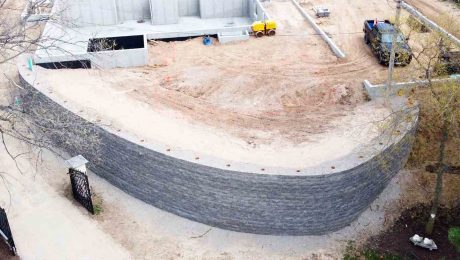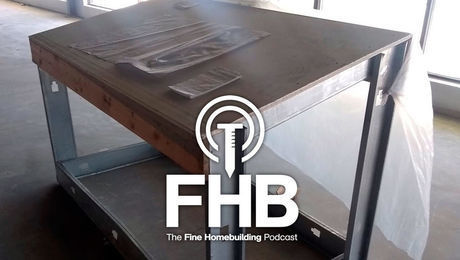To support a temporary 7-ft. high retaining wall in clay, my excavation contractor recommended 16-ft. long 6x6s. He sharpened the ends of the posts with a chainsaw. Then he used a power shovel to drive the posts 9 ft. into the clay.
Three years later, when it came time to dismantle the wall, the contractor assured me that pulling the posts out would be as easy as driving them in. He could not have been more mistaken. Chains and posts were broken in quick succession. It appeared that most of the posts, which I had intended to use elsewhere, would be forever trapped in the clay.
While the contractor was hunting for an even larger chain, I got an idea. I had noticed a common trait among the few posts that he’d been able to extract. Each of these posts came out easily once there was a small upward movement. A mere inch or so of movement was all that was necessary to break the bond between the soil and the post. I reasoned that maybe the direction of the movement wasn’t important. Maybe a downward movement would accomplish the same goal.
When my excavator returned, I asked him to put his shovel bucket on top of a post and press it downward, about 6 in. farther into the clay. Unlike chain-pulling, this action did no damage to the post. Then he wrapped the chain around the post and easily extracted it from its hole. This wasn’t a fluke — the trick worked on all the rest of the posts.
Ron Dean, Calgary, None





























